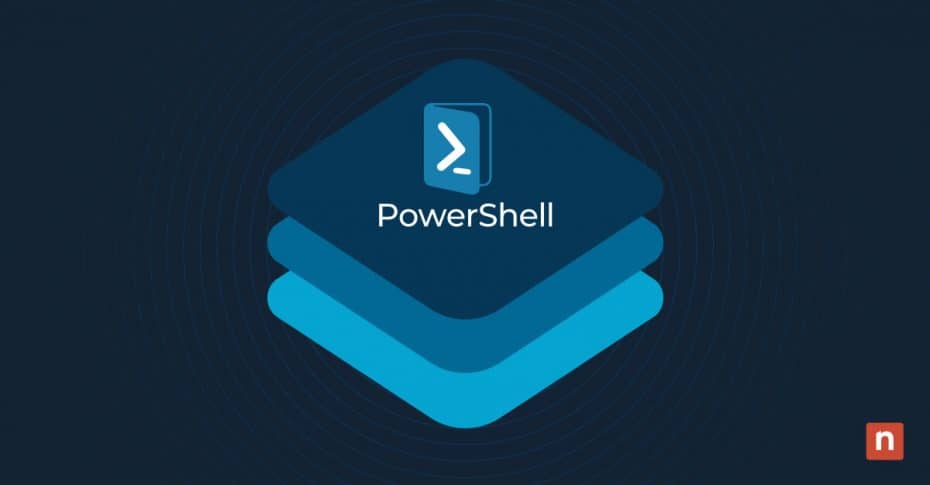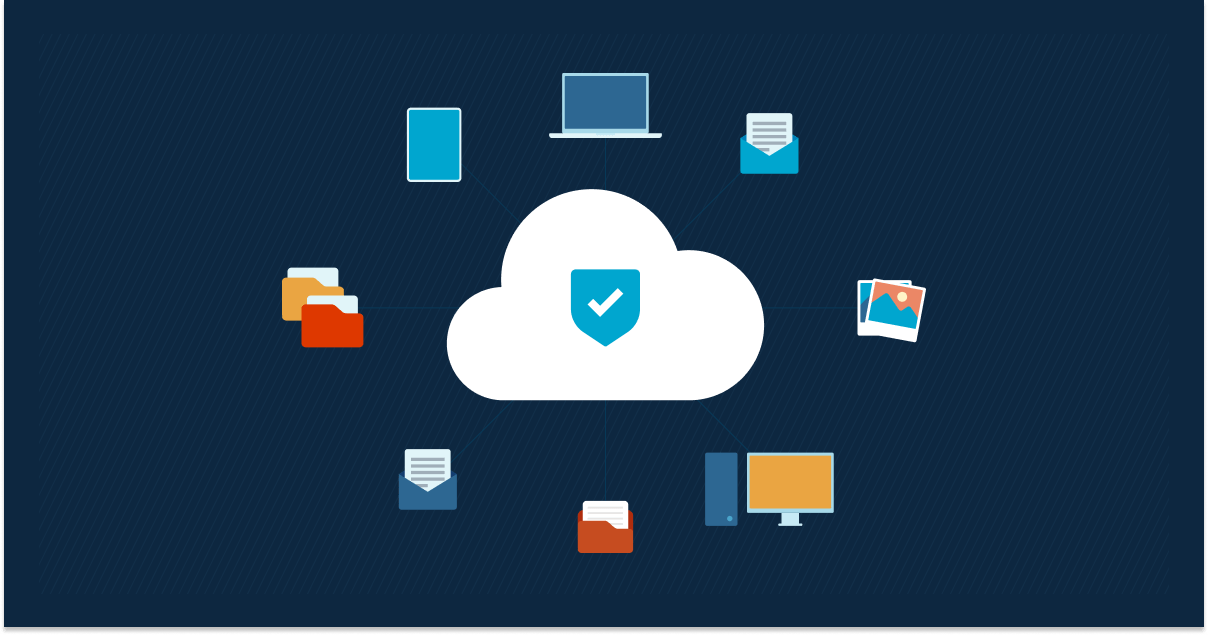Key Points
How to Install the Active Directory PowerShell Module
- Open PowerShell as Administrator → Right-click PowerShell > Run as Administrator.
- Install the module → Run:
Install-Module -Name RSAT-AD-PowerShell - Confirm installation → Type ‘Y’ if prompted.
- Check execution policy (if installation fails):
Set-ExecutionPolicy -ExecutionPolicy RemoteSigned -Scope CurrentUser
How to Import the Active Directory PowerShell Module
- Open PowerShell as Administrator.
- Import the module:
Import-Module RSAT-AD-PowerShell - Verify import:
Get-Command -Module RSAT-AD-PowerShell
How to Auto-Load the Module in PowerShell
- Check if a profile exists:
Test-Path $Profile - If False, create a profile:
New-Item -Path $Profile -ItemType File -Force - Open profile in Notepad:
notepad $Profile - Add the following line and save:
Import-Module -Name RSAT-AD-PowerShell
Managing Active Directory, the heart of Windows network infrastructure, comes with a unique set of challenges. From user account management to group policy configurations, the administrative tasks can be complex and time-consuming. That’s where PowerShell comes in, Microsoft’s powerful scripting language, which has become a game-changer for automating administrative tasks.
In this guide, we will introduce the PowerShell Active Directory Module, exploring what it is, its role in simplifying management tasks, and how to install and import it efficiently.
Simplify AD management using Powershell and NinjaOne’s powerful automation tools.
→ Take control with NinjaOne Active Directory Management.
What is the PowerShell Active Directory Module?
The PowerShell Active Directory Module is a set of commandlets, or cmdlets, that facilitate the management of Active Directory. Cmdlets are lightweight commands used in PowerShell for specific administrative tasks.
The Active Directory Module acts as a bridge between the Windows PowerShell environment and the directory service, providing administrators with a powerful toolset to automate and streamline tasks, as well as cleaning up Active Directory.
PowerShell has evolved over the years, reflecting Microsoft’s commitment to improving the administrative experience for IT professionals. The Active Directory Module was initially introduced as a separate installation, but the module has become an integral part of Windows Server editions, making it more accessible and ensuring that the latest features are readily available.
Simplifying Active Directory management
The PowerShell Active Directory Module simplifies the management of Active Directory by providing a consistent and efficient scripting interface. Rather than relying on graphical user interfaces (GUIs), administrators can leverage PowerShell scripts to perform tasks such as creating user accounts, modifying group memberships, and managing organizational units.
This automation not only reduces the likelihood of human error but also significantly speeds up the execution of repetitive tasks, as well as freeing up time for other duties.
Installing, importing, and loading modules
In PowerShell, understanding the distinction between installing, importing, and loading modules is crucial.
- Install-Module: This command is used to download and install a module from an online repository like the PowerShell Gallery. It’s typically used when you want to add a new module to your system.
- Import-Module: Once a module is installed, the Import-Module cmdlet is used to make its cmdlets available for use in the current PowerShell session. This is necessary to execute the cmdlets and leverage the functionality of the module.
- Load-Module: The Load-Module cmdlet is used to load a module into the current session’s memory, making its cmdlets available for use without importing. This approach is beneficial when you want to keep the module in memory for an extended period or when dealing with large modules to minimize loading times.
Install Active Directory PowerShell Module
Before installing the Active Directory PowerShell Module, ensure that your system meets the following requirements:
- Operating system: Windows Server is recommended for server installations, while Windows 10 or Windows 11 are suitable for client installations.
- PowerShell version: Ensure that you have PowerShell 5.1 or later installed on your system.
- Remote Server Administration Tools (RSAT): Depending on your Windows version, you may need to install RSAT, which includes the Active Directory module.
- Internet access: Ensure that your system has internet access to download the module from the PowerShell Gallery. If your system is behind a proxy, you may need to configure proxy settings for PowerShell.
The steps required to install the Active Directory PowerShell Module vary slightly depending on your Windows operating system version, with additional pop-ups and confirmation dialogues present in some versions.
These are the core steps:
- Open PowerShell as administrator: Right-click the PowerShell icon and select “Run as Administrator” to open a PowerShell session with elevated privileges.
- Use Install-Module cmdlet: Execute the following command to install the Active Directory PowerShell Module: Install-Module -Name RSAT-AD-PowerShell
- Confirm installation: Once the installation is complete, you may need to confirm that you want to install the module by typing ‘Y’ and pressing Enter.
- Check the execution policy If you encounter issues with the installation due to execution policy restrictions, you may need to temporarily set it to allow script execution. Use the following command: Set-ExecutionPolicy -ExecutionPolicy RemoteSigned -Scope CurrentUser
Import Active Directory PowerShell Module
Once the module is installed, it needs to be imported into your PowerShell session before you can start using its cmdlets. Importing loads the module into memory, making its functionality available for execution:
- Open PowerShell: Launch PowerShell with administrative privileges.
- Use Import-Module cmdlet: Execute the following command to import the Active Directory module: Import-Module RSAT-AD-PowerShell
- Verify import: You can verify that the module has been successfully imported by running this simple cmdlet: Get-Command -Module RSAT-AD-PowerShell
Loading the module efficiently
To ensure that the Active Directory module is loaded automatically when you open a PowerShell session, you can add the import command to your PowerShell profile script. This script runs every time you open a new PowerShell session:
- Check if a profile exists: Open PowerShell and run the following command to check if you have a profile script: Test-Path $Profile
If the command returns False, you need to create a profile (step 2). If it returns True, proceed to step 3.
- Create a profile (if needed): If you don’t have a profile, create one using the following command: New-Item -Path $Profile -ItemType File -Force
- Edit the profile script: Open your profile script in a text editor. You can use Notepad or any other code editor you prefer. Run the following command to open the profile in Notepad: notepad $Profile
- Add Import-Module line: In the profile script, add the following line to import the Active Directory module. Ensure that the path specified matches the actual path where the module is installed: Import-Module -Name RSAT-AD-PowerShell
Easily manage Active Directory users with NinjaOne.
Simplify AD management with the PowerShell Active Directory Module
The PowerShell Active Directory Module is more than a tool – it transforms the way Active Directory tasks are approached. Armed with data gathered by advanced Active Directory management tools, it is easy to create scripts that maximize administrative efficiency.
As technology continues to evolve, leveraging tools like the PowerShell Active Directory Module becomes a necessity for administrators looking for ways to optimize their environments. Empower your scripts, automate your tasks, and let the PowerShell Active Directory Module be the foundation of your Active Directory management excellence.








